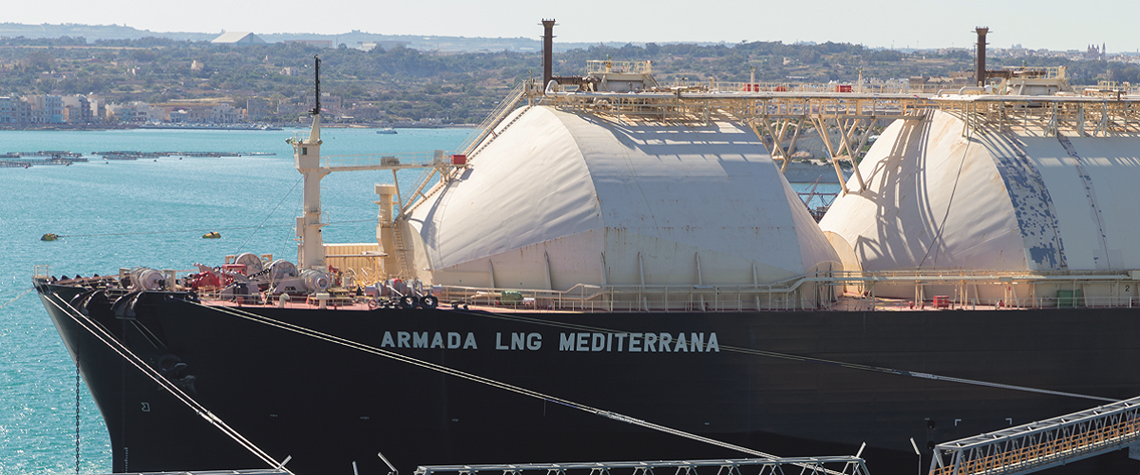European LNG projects target supply security
New import facilities progressing despite spare capacity in existing infrastructure
Europe's LNG receiving capacity, across ten countries from Lithuania to Greece, has experienced usage levels this year unprecedented in well over a decade, as a global LNG supply glut finds the continent a home of last resort. But, despite the significant uptick in deliveries, Europe's terminals are far from full. Why, then, do new projects in Germany, Ireland and Croatia continue to progress when there is ullage in neighbouring countries' facilities and in pipelines that can, and indeed already do, bring regasified molecules into these countries' grids? At the end of July, the European Commission ruled that Croatia's plans to contribute €100mn in state funds—and also levy a ‘security of sup

Also in this section
12 December 2025
The latest edition of our annual Outlook publication, titled 'The shape of energy to come: Creating unique pathways and managing shifting alliances', is available now
12 December 2025
The federal government is working with Alberta to improve the country’s access to Asian markets and reduce dependence on the US, but there are challenges to their plans
11 December 2025
The removal of the ban on oil and gas exploration and an overhaul of the system sends all the right messages for energy security, affordability and sustainability
10 December 2025
The economic and environmental cost of the seven-year exploration ban will be felt long after its removal







